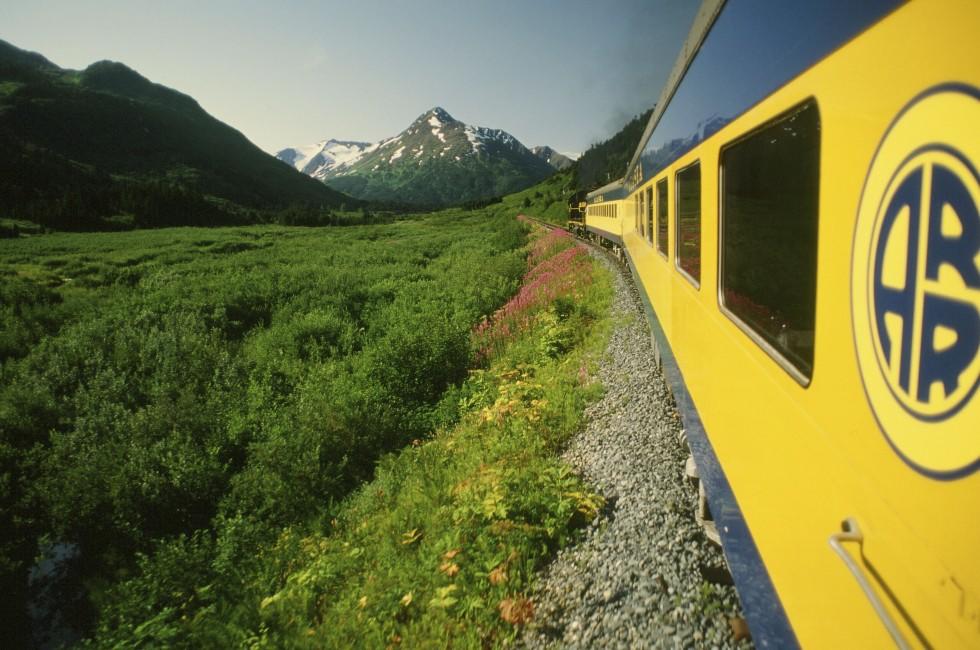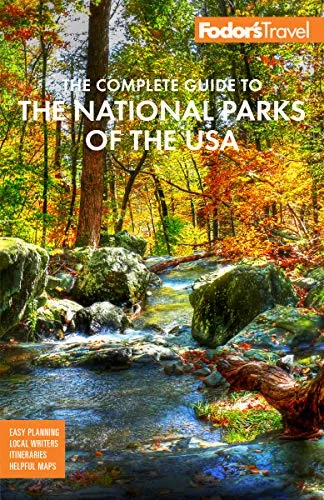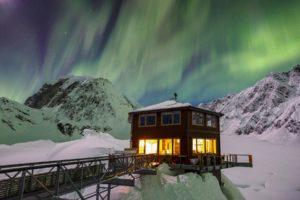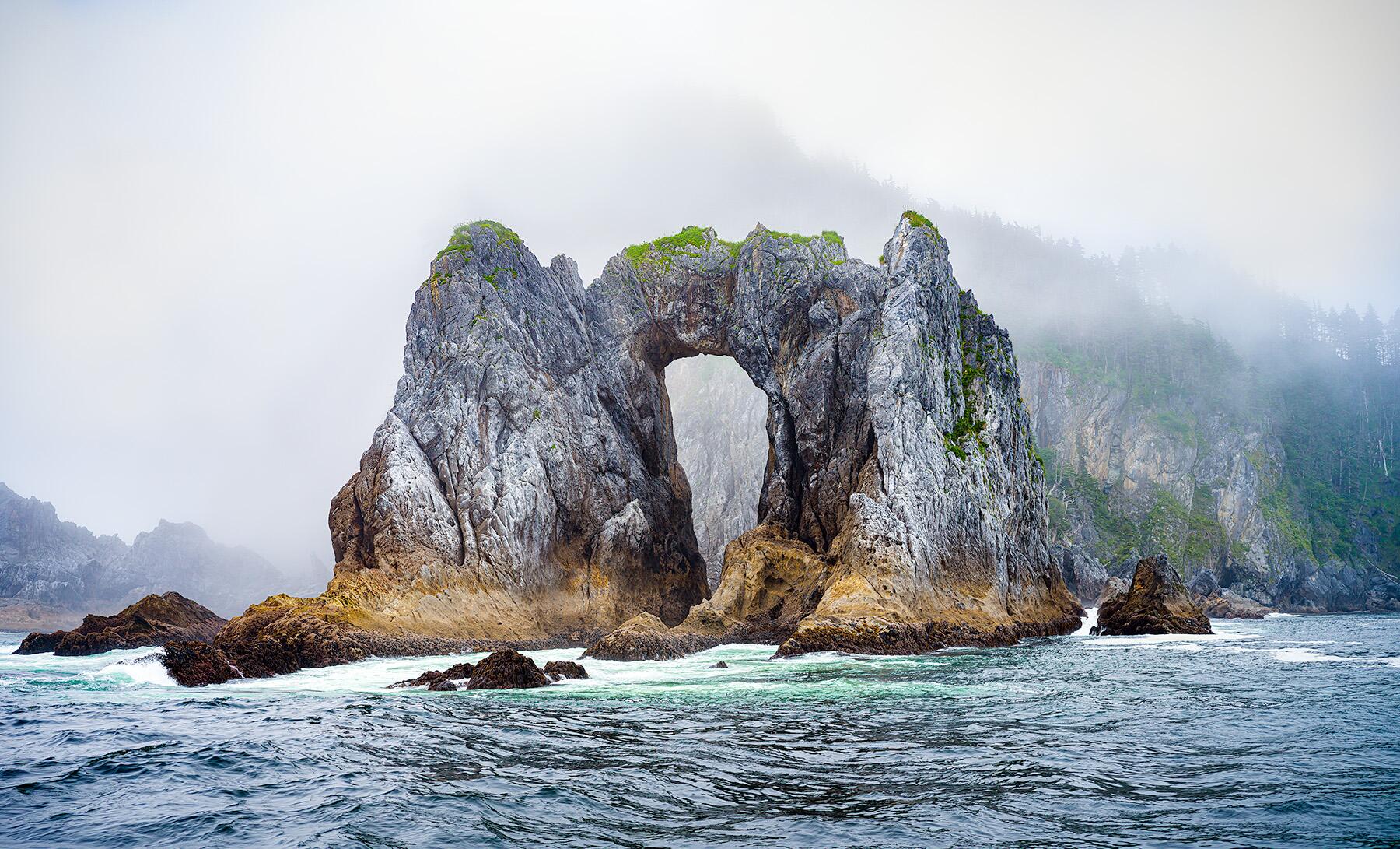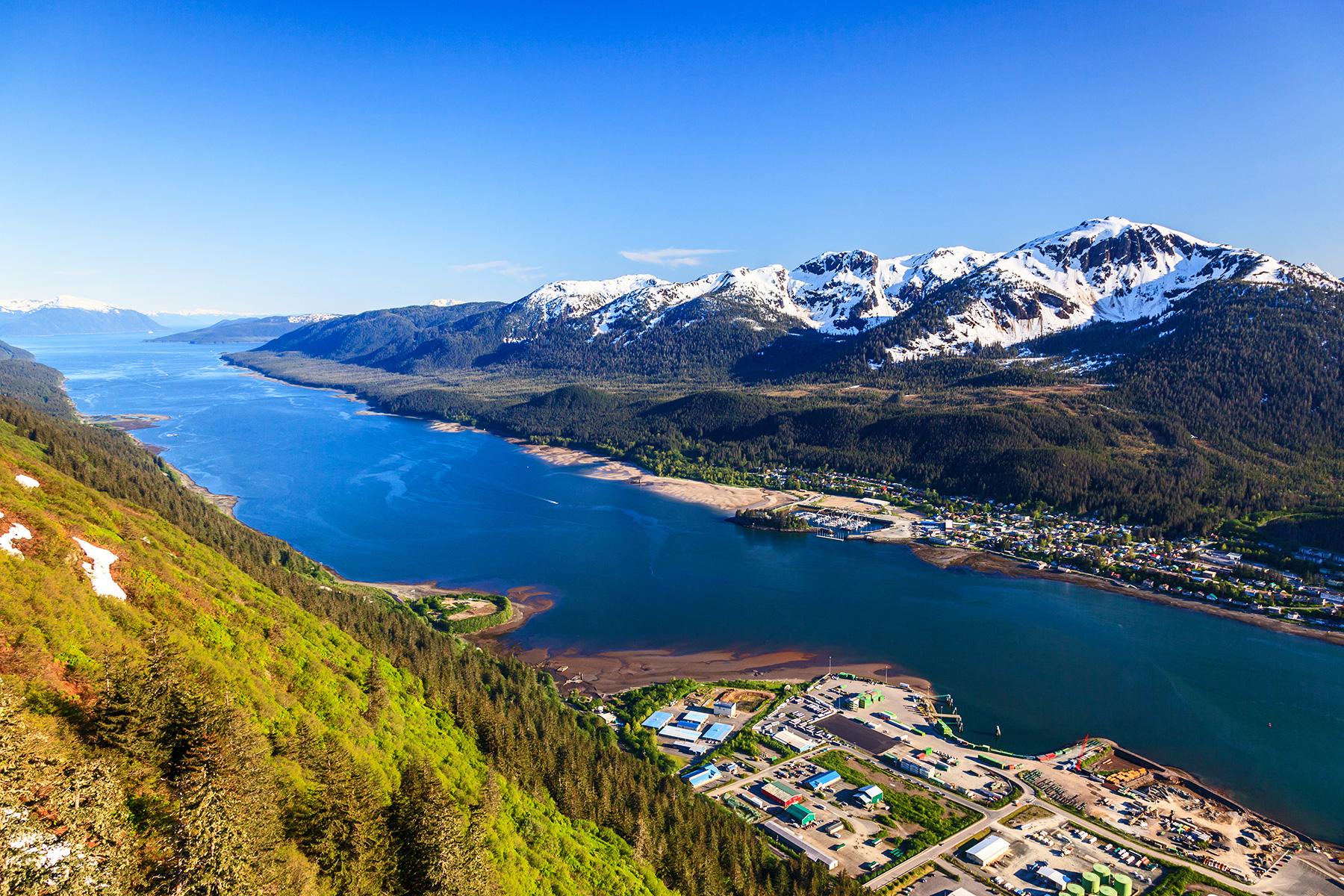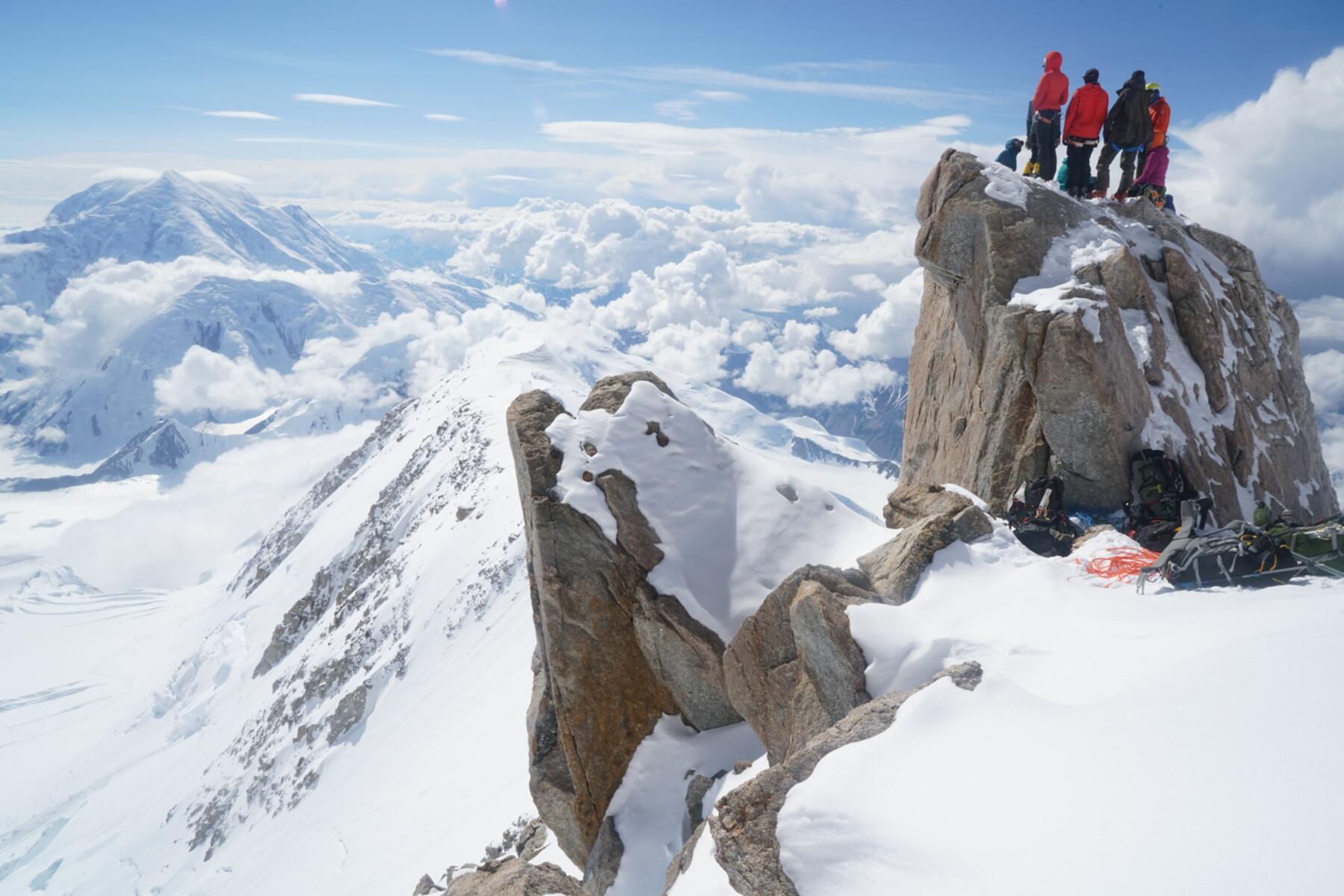Denali National Park and Preserve
Denali National Park and Preserve
Denali National Park and Preserve is Alaska's most visited attraction for many reasons. The most accessible of Alaska's national parks and one of only three connected to the state's highway system, the 6-million-acre wilderness offers spectacular mountain views, a variety of wildlife, striking vegetation, and unforgettable landscapes.
Denali National Park lies 120 miles south of Fairbanks and 240 miles north of Anchorage on the George Parks Highway. The keystone of the park is Mt. Denali itself. The mountain was named Mt. McKinley from 1917 to 2015, but President Obama changed the name of this peak back to Denali, an Athabascan name meaning "the High One." It is often referred to by Alaskans simply as "the Mountain." The peak measures in at 20,310 feet, the highest point on the c...
Read MoreDenali National Park and Preserve is Alaska's most visited attraction for many reasons. The most accessible of Alaska's national parks and one of only three connected to the state's highway system, the 6-million-acre wilderness offers spectacular mountain views, a variety of wildlife, striking vegetation, and unforgettable landscapes.
Denali National Park lies 120 miles south of Fairbanks and 240 miles north of Anchorage on the George Parks Highway. The keystone of the park is Mt. Denali itself. The mountain was named Mt. McKinley from 1917 to 2015, but President Obama changed the name of this peak back to Denali, an Athabascan name meaning "the High One." It is often referred to by Alaskans simply as "the Mountain." The peak measures in at 20,310 feet, the highest point on the continent. Denali is also the tallest mountain in the world—yes, Mt. Everest is higher, but it sits on the Tibetan plateau, as if it was standing on a chair to rise above Denali, which starts barely above sea level.
Denali is part of the Alaska Range, harsh, rigid 600-mile backbone of snow, ice, and rock that cuts sharply through the center of the park. The 92-mile park road runs parallel to the north side of the range, winding along its foothills. Mt. Hunter (14,573 feet) and Mt. Foraker (17,400 feet) stand sentinel to the south of Denali with glaciers flowing across the entire range.
Another, smaller group of mountains—the Outer Range, north of Denali's park road—is a mix of volcanics and heavily metamorphosed sediments. Though not as breathtaking as the Alaska Range, the Outer Range is popular with hikers and backpackers because its summits and ridges are not as technically difficult to reach.
But despite its dizzying height, Denali is not always easy to see. Like most great mountains, it has a tendency to create its own weather, which for a majority of the time involves a large amount of clouds. The mountain is only visible from the park about a third of the time in summer. The deeper you travel into the park and the longer you linger in her shadow, the better the odds are that the cloudy veil will be lifted.
While you wait to catch a glimpse of Denali, there's plenty more to look for. Dozens of mammal species populate the park, including the "Big Five" of Alaskan animals: the moose, grizzly bear, wolf, Dall sheep, and caribou. Snowshoe hare and arctic ground squirrels watch with suspicious eyes from the roadside, and the sky is filled with the calls of willow ptarmigan and eagles. Tundra and spruce-laden Taiga forests lead to the rocky foothills of the Alaska Range, populated by lichens and small grasses favored by caribou. There are also the harsh glaciers and sharp peaks of the mountains themselves, but be aware that mountaineering in this region is not a casual endeavor. Only about half of those who attempt to summit North America's highest peak succeed and careful planning is required months in advance.
But for those that would prefer not to risk the thin air of Denali's summit, there are still several ways to experience the park, from half-day excursions to weeklong adventures. Hiking trails dot the area near the visitor center while the more bold might try a multiday backpacking trip through the tundra. Tour buses cover the length of the park road, with six campgrounds available along it. The buses feature informative and keen-eyed drivers, who are constantly looking to spot wildlife. Flightseeing tours are offered from the nearby community of Healy, which, barring bad weather, will get you up close to the mountains (Denali included), and many even include a glacier walk.
Several of Denali's most spectacular landforms are found deep in the park, but are still visible from the park road. The multicolor volcanic rocks at Cathedral Mountain and Polychrome Pass reflect the vivid hues of the American Southwest. The braided channels of glacially fed streams such as the Teklanika, Toklat, and McKinley rivers serve as highway routes for both animals and hikers. The debris- and tundra-covered ice of the Muldrow Glacier, one of the largest glaciers to flow out of Denali National Park's high mountains, is visible from Eielson Visitor Center, at Mile 66 of the park road. Wonder Lake, a narrow kettle pond that's a remnant from Alaska's ice ages, lies at Mile 85, just a few miles from the former gold-boom camp of Kantishna.
